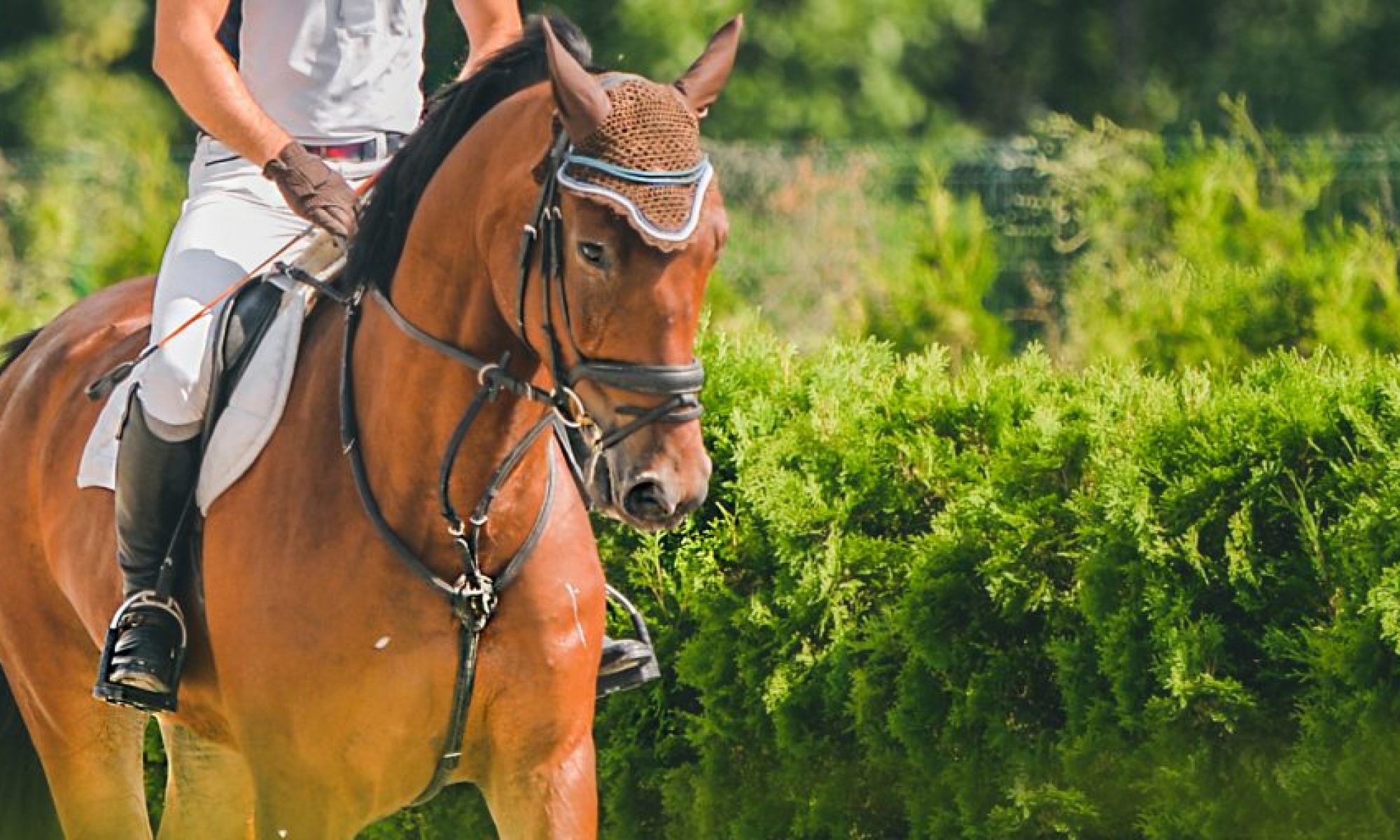With the on-going blackout of Broadway, live theatre in New York and around the country has taken a hit since March when the COVID-19 pandemic began.
While many actors, singers, and dancers (not to mention directors, producers, technical staff , etc.) were on hiatus, theaters were searching for a way to remain relevant and keep their actors and staff employed.
Boca Raton-based MNM Theatre Company, a non-profit theatre company which has been producing professional musical theatre in Palm Beach County since 2014, was in residence at the Rinker Playhouse at the Kravis Center for the Performing Arts in West Palm Beach prior to the pandemic.
In 2019 the company produced “Man of La Mancha,” and “A Funny Thing Happened on the Way to the Forum,” both large-scale productions.
When the quarantine hit, MNM was in rehearsal for a production of the musical, “Cabaret” and one week prior to opening night last March, had to lay off 65 staff.
“No one really knows what the future of live theatre looks like,” says Marcie Gorman, CEO of MNM Theatre Company. “Will live theatre return to a full-house? Will it be half or quarter capacity? Will the audience return? Will it be safe?”
It was questions like this that kept Gorman up at night and prompted her and her staff to reinvent their stage productions.
She and her director, Jonathan Van Dyke, came up with what they call a “hybrid” – streaming their live production, which was produced following safety and CDC protocols and utilizing “projections” (or, graphics) to enhance the experience.
For example, if a couple was supposed to touch or hug following the script, they did not touch in real-life, but the f lm production was edited to seem as if they were hugging or touching.
“We followed strict protocols throughout the process and were constantly mindful of the health and well-being of our cast and our crew,” says Gorman, a South Florida native. “COVID testing, masks, cleaning, and sanitizing – we did it all constantly.”
“But,” she says, “what’s so wonderful is that we created and performed live theatre that we will be able to share with a worldwide audience.”
“It’s not just a film, not just a live show, and not just a series of projections,” says Gorman, noting that the filming was shot using multiple cameras and angles over a span of five days in their Boca Raton warehouse/studio. “It’s a combination of all three and as far as we know, no one has ever done anything like it before.”
Most recently, they used these techniques in their production of composer David Shire and lyricist Richard Maltby Jr.’s musical song cycle, “Closer Than Ever,” a lively and fast-paced musical revue starring Aaron Bower, Johnbarry Green, and Carbonell Award-winners Shelley Keelor and Elijah Word, exploring the everyday struggles such as second marriages, aging, mid-life crises, working couples, and unrequited love in the modern world.
“Our director, Jonathan Van Dyke, has developed an innovative theatrical hybrid that marries live performances with video, audio, and projections,” says Gorman. “The result is an exciting and creative way to create live theatre during the pandemic.”
“The integrated projections allow for intimate onstage moments,” says Van Dyke on the company’s website. “The actors were each green-screened separately and the results were edited for projection, so they appear to interact with one another, even as they social distance.”
After watching the production on-line, composer Shire wrote in an email to Gorman, “The performances were honest and great, the musical direction, staging, production design, choreography all first rate, and your direction and overall conception of how to present “Closer Than Ever” and keep it COVID-safe were truly impressive.”
Additionally, on their website mnmtheatre.org, the theatre company has a project called #MNMSings, where former cast members and alumni share their favorite numbers from the production in which they starred.
Currently, Shelley Keelor sings her favorite, “Back on Base,” from “Closer Than Ever,” (“My scattered life had no foundation. Couldn’t seem to fi nd my space. Then all at once came inspiration. Now I’m back on base.”)
Gorman says it’s a way for the actors to stay involved, connect with the audience, and remain in people’s consciousness during these trying times.
As a producer, former actor and singer — Gorman describes herself as “very involved and a hands-on producer.”
“I’m at every show,” she says. “I’ve never missed one. Even when the director leaves after a production, I’m still there.”
“It’s an adrenaline rush and a chance for me to bond with the actors,” she says. “I love mentoring them, being a part of the production, watching them perform and revel when they go on to do something bigger and better.”
“It’s all about the connections with people that has made it all worthwhile,” she says. “That’s my thing. I love theatre!”
Visit https://www.mnmtheatre.org/ or on Facebook https://www.facebook.com/mnmtheatrecompany
Clips from “Closer Than Ever” can be viewed on their website https://www.mnmtheatre.org
































